Best Stan Lee Comics: A Marvel Reading Guide
If you only know of Stan Lee from his MCU cameos, you need to read his Marvel Comics work with Jack Kirby, Steve Ditko, and others.
It’s tricky to pinpoint what would be considered the best Stan Lee stories, because he was a consummate collaborator. Lee was a writer, an idea man, and scripter who worked with some of the greatest storytellers in the business to bring characters to life in tales that were greater than the sum of their parts. And thus, a history of the best Stan Lee Marvel comics is also a showcase of some of the other historic talents in comic book history as well, with two looming larger than any others: Jack Kirby and Steve Ditko.
With apologies to Don Heck, John Buscema, John Romita, and many others, it was with Kirby and Ditko that Lee did his best work. There are, of course, controversies surrounding all of these collaborations. Lee’s working relationship with Ditko was particularly contentious, and the issue of the Kirby/Lee partnership is still the subject of heated debate to this day, and will remain so for all time. I’m not here to unpack any of that. I’m just here to outline what, for someone who may not be overly familiar with the early days of Marvel, are the most essential segments of an impossibly large body of work.
I hit the big ones here. It’s not that I forgot about the early Hulk, Avengers, Iron Man, or Daredevil comics so much as I never considered those, especially when taken as a whole, to be the best work of Lee and his respective collaborators. And before you kill me, I’m not talking about the characters themselves, I’m just talking about the body of work Stan Lee did on those characters with his collaborators. It’s good stuff, but little of it, in total, is the kind of legendary, essential reading I feel these other books are. The same goes for the Lee/Kirby X-Men series. While the essential elements of the X-Men as the ultimate metaphor for the ongoing fight against bigotry in all its forms was more or less in place early on, the concept (and the overall quality of the stories) didn’t really come into its own until the 1970s, under the guidance of other creators. That’s just my opinion, of course, and by all means, feel free to seek out all of the above, but in terms of sheer scope, and as the best possible showcase of the kind of power contained in Marvel’s early days, I give you these stories by Stan Lee, Jack Kirby, Steve Ditko, John Buscema, John Romita, and others…
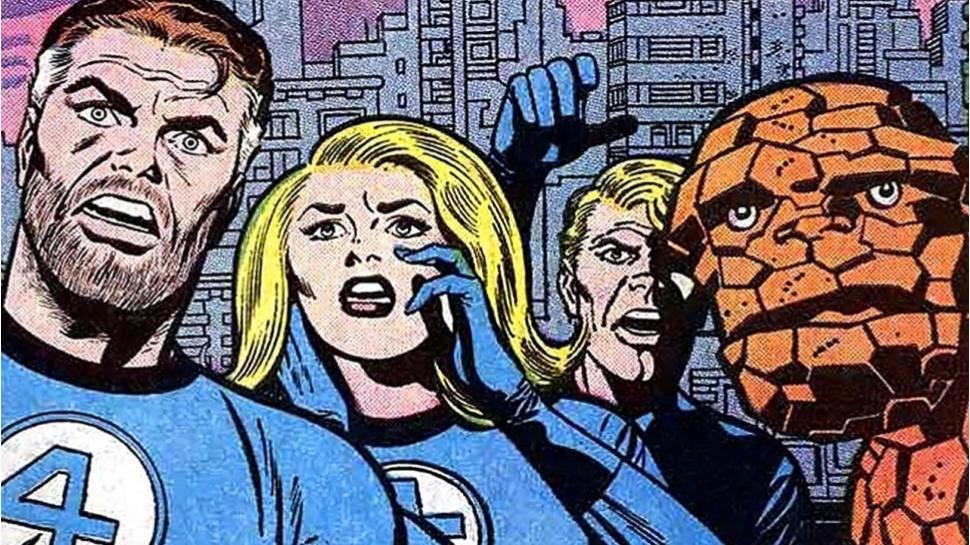
Fantastic Four
For some modern readers, the earliest Fantastic Four tales might not land with the kind of impact that you would expect, considering that they essentially redefined superhero comics. But rest assured, this is the foundation of the entire Marvel Universe, and the proper beginning of one of the greatest collaborations in all of comics with Stan Lee and Jack Kirby.
But if the first two volumes (Fantastic Four Epic Collection: The World’s Greatest Comics Magazine and Fantastic Four Epic Collection: The Master Plan of Doctor Doom, which make up roughly the first three years of the book) are too dry for you, then just go ahead and jump right into Fantastic Four Epic Collection: The Coming of Galactus, which is really when Lee and Kirby find themselves in full flower. By this point in the series, you’ll find more ideas per page than most comics usually crank out in a year, and the book truly earns the title of “World’s Greatest Comics Magazine” with the legendary “Galactus Trilogy.” And while the “Galactus Trilogy” itself is often (rightly) cited as the pinnacle of the Lee/Kirby team, this volume ends with “This Man, This Monster” which is possibly an even better example of what Lee and Kirby could do with extraordinary characters, even when the fate of the planet wasn’t at stake.
And the amazing thing about that volume? It’s still only the halfway point of the Lee/Kirby Fantastic Four stories. But before I dive deeper into the Lee/Kirby partnership, or the Lee/Ditko years, there is one brief diversion worth taking…
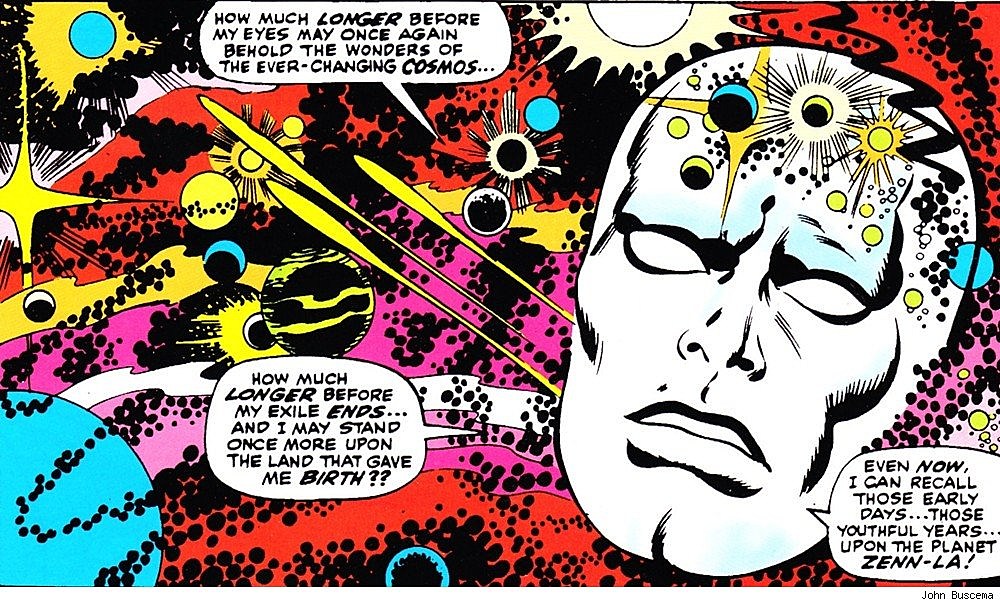
Silver Surfer
At the moment, there isn’t yet an Epic Collection for the second half of the Lee/Kirby Fantastic Four run (you can find them in assorted Marvel Masterworks volumes, though). But what there is is Silver Surfer Epic Collection: When Calls Galactus. What this volume does is reprint all of the early Silver Surfer appearances in the next two years or so of Fantastic Four. The Surfer here is a much more alien figure than he would later become, owing more to Jack Kirby’s continued influence on the character he created.
Follow that up with Silver Surfer Masterworks Vol. 1, where Lee and artist John Buscema fleshed out Norrin Radd’s backstory and gave him a little bit more of an interior life. These are really the tales that have essentially defined the Surfer for the rest of his pop culture history, and John Buscema at the height of his own artistic powers is a real treat to behold, even as Lee took the Surfer character a little further afield from the roots that Jack Kirby had tried to imbue him with. Still, key to these early Surfer tales is “The Power and the Prize,” the first appearance of Marvel’s Mephisto, and an important example of Lee’s gift for high drama and melodramatic dialogue.
As a bonus, you absolutely should check out Silver Surfer: Parable, in which Lee partnered with visionary French comics artist Moebius, to tell a short, but weighty and compelling, tale that melds the end times imagery of Galactus with religious fanaticism.
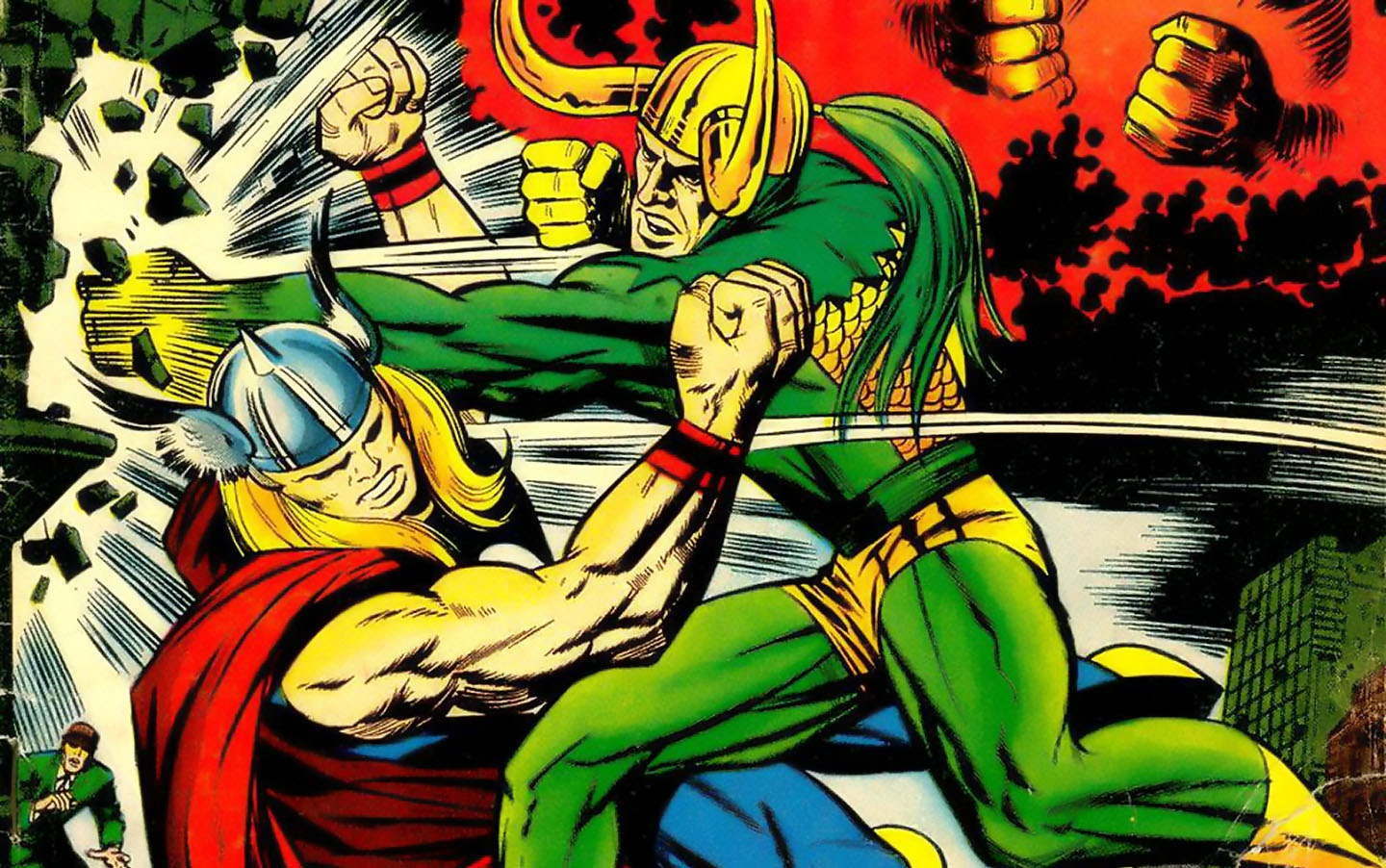
Thor
While the earliest Thor stories (collected in Thor Epic Collection: God of Thunder) might feel a little tough to take for modern readers, often utilizing relatively traditional superhero storytelling tropes combined with faux-Shakespearean “elevated” dialogue, stick with ‘em and you’ll be rewarded. But really, starting at the beginning is overrated. You know the broad strokes of all these characters otherwise you wouldn’t be reading this site, right?
read more: Thor Comics Reading Order
You want another pure, unfiltered blast of Lee/Kirby awesome? Start with Thor Epic Collection: The Wrath of Odin, which is when Thor goes full blown Marvel Cinematic Universe cosmic god mythology mash-up, complete with familiar MCU figures like Destroyer, Ego, the Living Planet, and plenty of Loki. Like When Calls Galactus, you get Jack Kirby in his finest form, and it’s incredible that the pair were able to produce both Thor and Fantastic Four on a monthly basis. Just follow that right up with Thor Epic Collection: To Wake the Mangog for even more cosmic mythology mash-ups. While the Lee/Kirby Fantastic Four is the true bedrock of the Marvel Universe as we know it, their collaboration on Thor is just as impressive.
Basically, if you loved all the crazy comic-flavored visual goodness in Thor: Ragnarok, you’ll want to settle in with a stack of these.
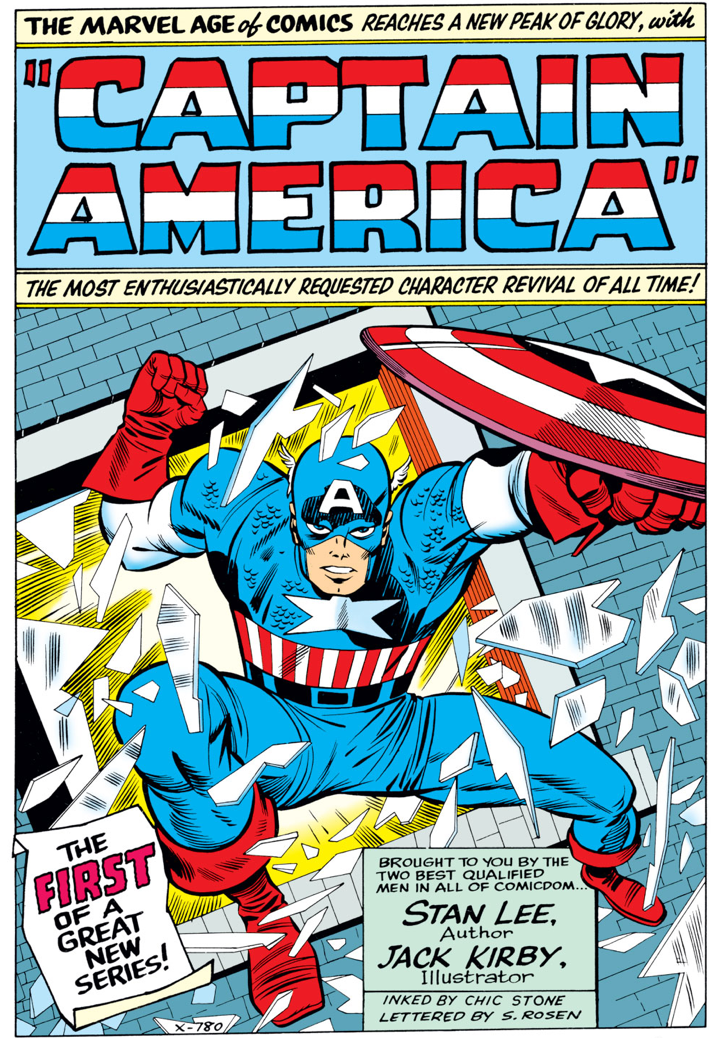
Captain America
No, Stan Lee didn’t have a hand in creating Captain America (but Jack Kirby sure did). But Lee DID bring him back from publishing limbo in the early 1960s. And that’s the focus of Captain America Epic Collection: Captain America Lives Again, featuring the tales that first brought Captain America back into the public consciousness.
Kicking off with Avengers #4 and then following up with the Tales of Suspense stories featuring Steve Rogers (before Marvel was confident enough he could sustain his own title), this, perhaps even more than the original Joe Simon/Jack Kirby Cap stories from the 1940s, is ground zero for Captain America fans.
Roughly half the stories deal with Cap readjusting to the modern world and the overwhelming guilt over the fate of Bucky Barnes, with plenty of Lee’s trademark introspective, soul-searching dialogue. Meanwhile, Kirby delivers some of the most spectacular fight scenes ever put on the page. This volume contains many of my favorite Captain America stories, and for my money, it’s the definitive Cap. As out there as Lee and Kirby got on Fantastic Four and Thor, this is pure costumed superhero adventure on as “grounded” a level as you’re ever likely to see from that team.
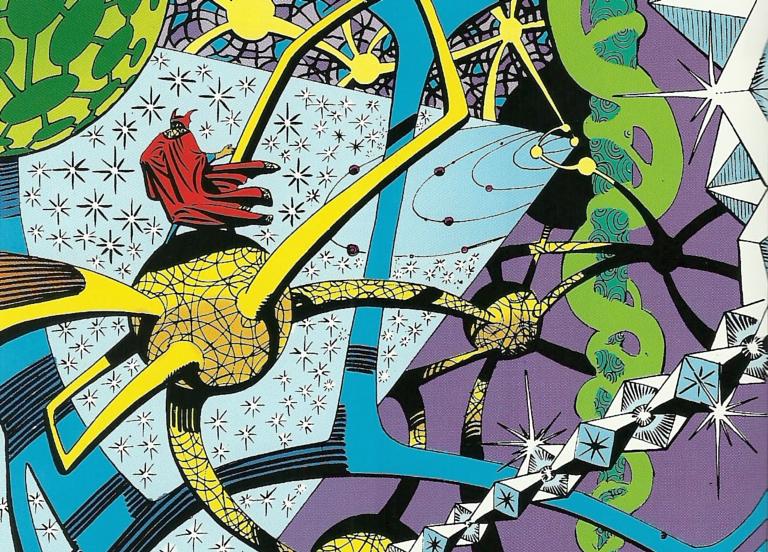
Doctor Strange
There have been plenty of talented creative teams who put in the time on the Sorcerer Supreme (we’ve written about plenty of them here), but none have ever matched the original Lee/Ditko stories. Hell, they’ll probably admit to it if you ask ‘em.
read more: The Doctor Strange/Pink Floyd Connection
Stan Lee’s creative partnership with Steve Ditko was always a tricky one, and perhaps nowhere was it more strained than in their collaboration on Doctor Strange. Ditko certainly maintained that Lee’s input in these tales was minimal. And while these stories are indelibly stamped with Ditko’s style and philosophical sensibilities, perhaps even more than their work on Spider-Man, it’s nevertheless Lee’s lyrical dialogue and inventive, bizarre names for the numerous magical devices, dimensions, and demons that populate these stories that helped give Stephen Strange his unique identity. By the way, if you’re ever in need of a thorough cataloging of the magic spells in these early Doctor Strange stories, you should really check this out.
I have long maintained that there are no three greater words in our modern language than “the complete series” which is why you should just stick Doctor Strange Epic Collection: Master of the Mystic Arts on your shelf.
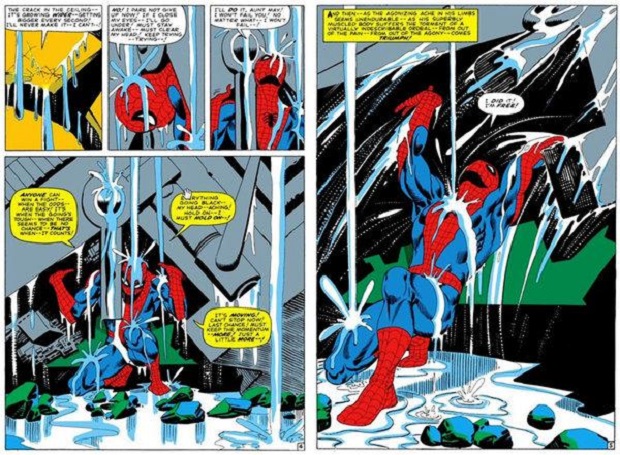
Spider-Man
It’s remarkable how Spider-Man remains relatively unchanged from his earliest appearances. The costume is the same, the origin (one of the most oft-told in all of popular culture) has not only remained virtually unchanged, it has downright rejected any attempts to foist extraneous elements on it, and the central principle that guides the character was there from the very last page of his very first story. All of that just speaks to how solid the storytelling by Lee and Ditko was from the very start. Like Doctor Strange, these early Spider-Man tales have aged far better than their contemporaries, and still serve as the blueprint every time anyone looks to reinterpret the character, whether on the comics page or the screen.
The entirety of the Lee/Ditko Amazing Spider-Man partnership can be found in two Epic Collection volumes, Spider-Man Epic Collection: Great Power and then Spider-Man Epic Collection: Great Responsibility. You can almost pretend that these two volumes comprise one complete story, so cohesive is the storytelling, and if again, like their Doctor Strange, if these were the only stories ever told with this character, they would be enough.
After Ditko departed the book, Lee continued on as writer, partnering with John Romita, Sr. You can see how the story shifted with the transition from Ditko to Romita, as Romita’s more romantic style turned Peter Parker and his supporting cast from a group of regular folks into matinee idols, and even as Peter found a little more luck in the romance department (while Gwen Stacy had been introduced in the latter part of the Ditko years, it was Romita who formally introduced Mary Jane Watson), the spirit of Spidey as a hard luck hero remained.
Perhaps more than any other book, the years Stan Lee spent guiding Spider-Man with Ditko and Romita encompass the elements of Marvel’s unique brand of superheroics. Nobody else in the entire stable embodies the everyman the way Peter Parker does, from his personal struggles to his homemade costume. And a single panel, the final panel from Spidey’s first appearance in 1962’s Amazing Fantasy #15, sums up the ethos of the Marvel Universe as a whole, in a perfect meeting of words and images.
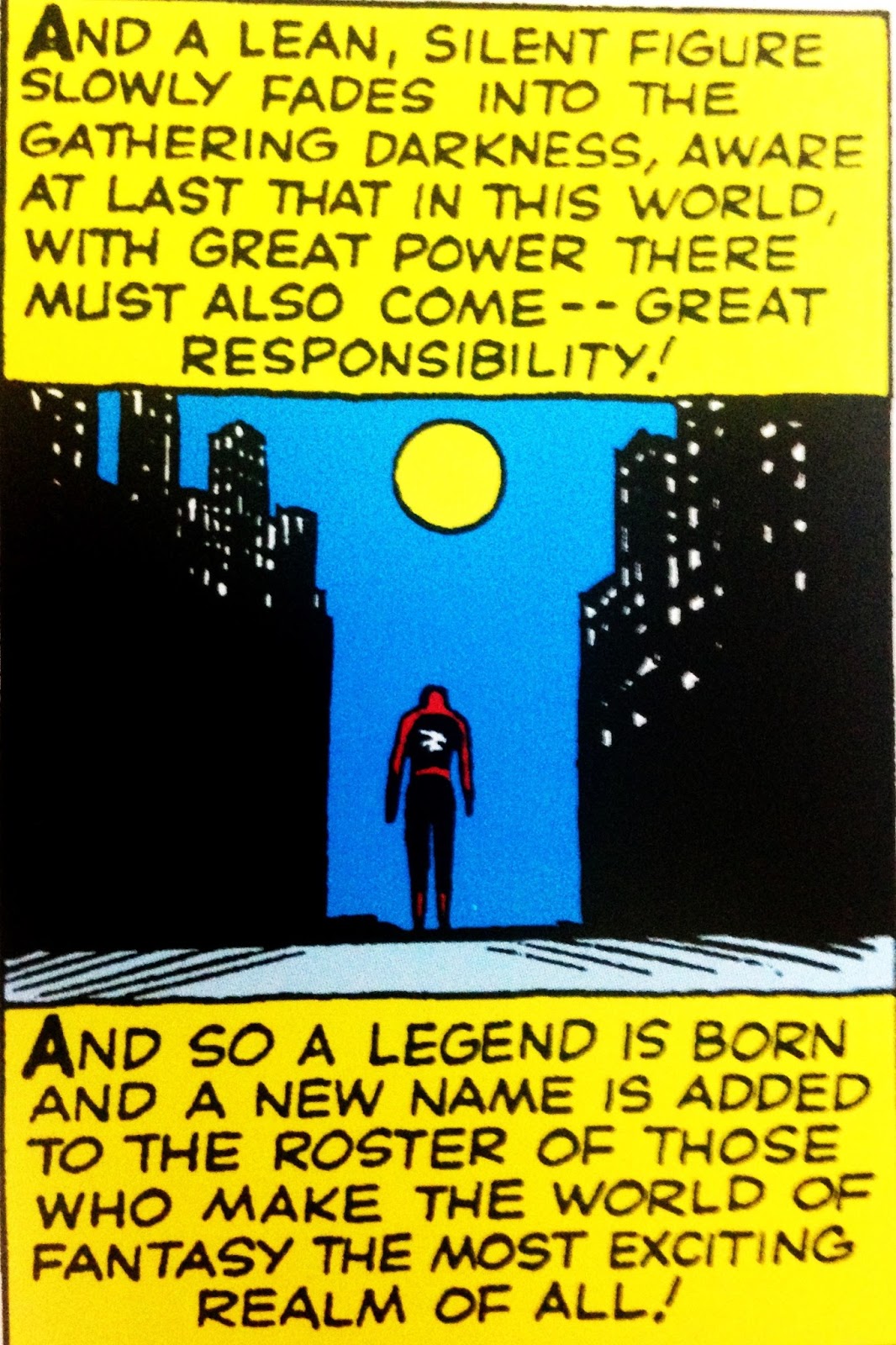
Mike Cecchini is the Editor in Chief of Den of Geek. You can read more of his work here. Follow him on Twitter @wayoutstuff.